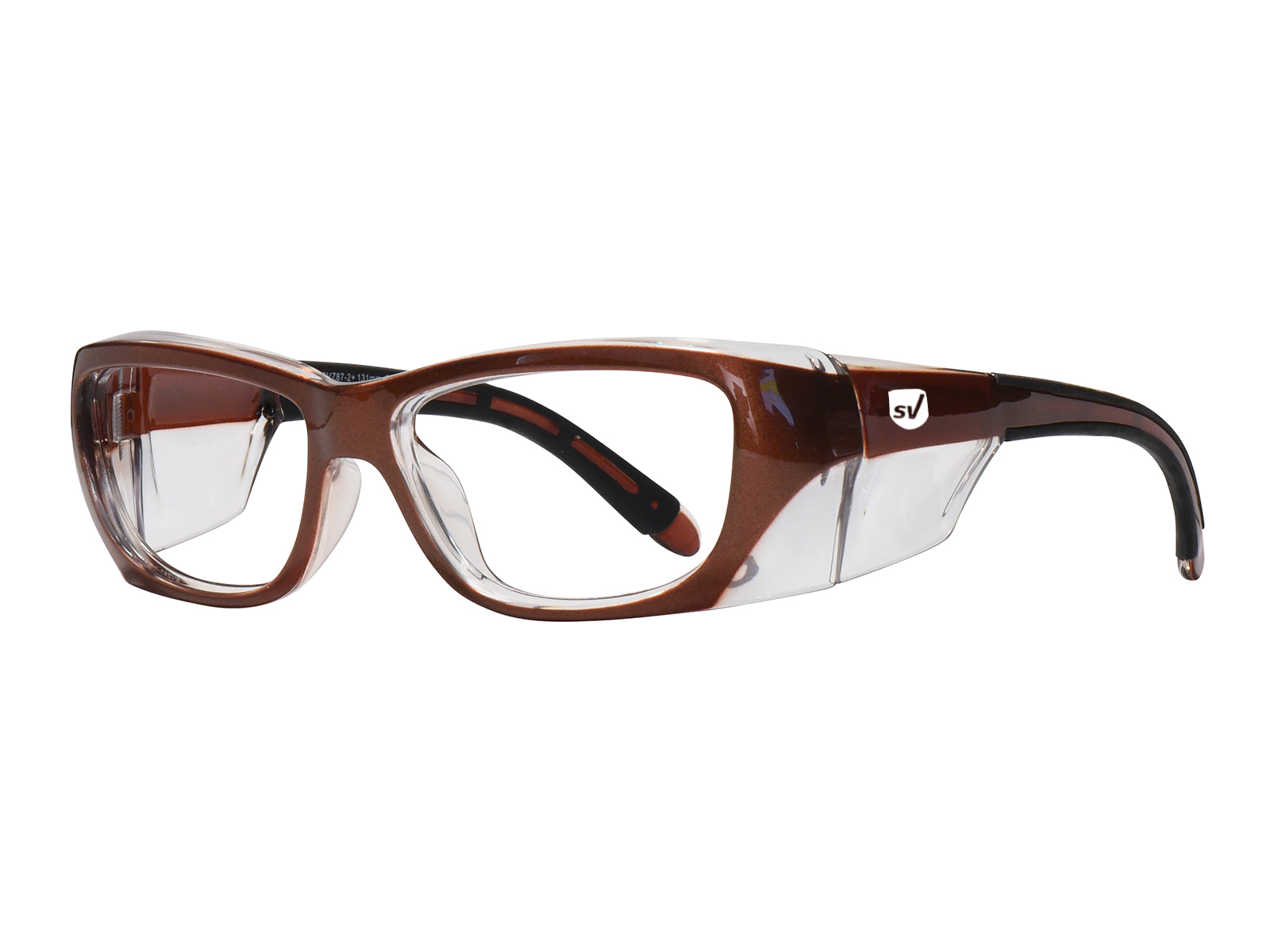Safety
Wraparound vs. Traditional Safety Frames: What Is The Best Choice For You?
When a hazard to your eyes exists during a job, it is critical that you wear the appropriate safety protection, which for most situations will include ANSI Z87.1-rated safety glasses.
According to the Occupational Safety and Health Administration (OSHA), employers are required to provide appropriate eye and face protection whenever there is a reasonable risk of injury from flying debris, chemical splashes, or other workplace hazards.
There are a wide variety of different options when it comes to safety frame design, which allows you to select the style and fit that is right for you. Common choices include wraparound and traditional safety frames, each offering unique benefits depending on your work environment.
TRADITIONAL SAFETY FRAMES WITH SIDE SHIELDS
Prescription safety glasses are significantly more effective than regular eyeglasses at keeping debris and particles out of your eyes. If you prefer the look and feel of standard eyewear, traditional safety frames may be the best option for you.
These frames resemble everyday glasses in shape and style but are equipped with permanent or removable side shields to help reduce the risk of eye injury. The shields act as a barrier, preventing foreign objects, dust, and flying debris from entering around the edges of the frame.
WRAPAROUND FRAMES OFFER STYLISH ALTERNATIVE
If you’re looking for a sportier style, wraparound prescription safety frames are a great option.
Wraparound safety glasses curve around the side of your eyes, offering the same protection with a sleeker design that doesn’t require the addition of side shields. Their one-piece, close-fitting design helps minimize gaps and blocks debris from all angles — including peripheral exposure.
These are a preferred choice for those who opt for polarized or tinted lenses for UV protection. The curved, tighter fitting design reduces peripheral glare, making them ideal for use as prescription safety sunglasses.
SAFEVISION MEETS & EXCEEDS ANSI Z87.1 REQUIREMENTS
It’s important to note that over-the-counter readers, fashion sunglasses, or even your regular prescription glasses cannot be converted into safety eyewear simply by adding a pair of side shields.
Prescription safety eyewear is designed with both the frame and side shields to be tested together with the lenses as a complete device per ANSI Z87.1 standards.
This means the frame and side shields must be purchased together and designed for compatibility, while the lenses must meet specific thickness and material standards to qualify as safety-rated. Often there are only two lens materials considered to be safety rated in the industry, polycarbonate and Trivex®.
At SafeVision, we exclusively use polycarbonate and Trivex lenses in our prescription safety eyewear to ensure maximum protection and optical quality.
The frame, side shields (if applicable for non-wrap designs) and lenses all are marked per ANSI Z87.1 standards to easily identify them as safety eyewear.
To help users quickly identify compliant eyewear, our frames, lenses, and side shields are all clearly marked per ANSI Z87.1 specifications.
Contact SafeVision and we’ll get you started on the path to finding the best pair of safety glasses you’ll ever own.
FAQ
No. Standard prescription glasses are not designed or tested to meet ANSI Z87.1 safety standards. True safety eyewear must be built and certified as a complete system—including frames, lenses, and side shields (if applicable).
Note: Trivex is a registered trademarks of PPG Industries Ohio, Inc.

